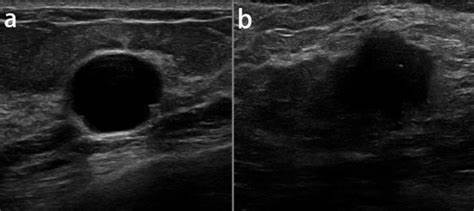AI and Neural Networks Can Reduce Time to Classify Lesions in Breast Ultrasound
Images

A paper in Nature Scientific Reports by researchers studying the use of artificial intelligence (AI) and neuronal networks report they can significantly cut the time required for medical professionals to classify lesions in breast cancer ultrasound images. Accurate classification is pivotal for early diagnosis and treatment, and a deep-learning (DL) approach can effectively represent and utilize the digital content of images for more precise and rapid medical image analysis.
Dr Keka Biswas is a lecturer of biological sciences at The University of Alabama in Huntsville (UAH), a part of The University of Alabama System, and co-author of the paper. Her current focus is examining human cancerous cells in a collaborative approach with biologists, mathematicians and statisticians in the field of mathematical biology.
Recent advances in AI and medical imaging have led to the widespread use of deep-learning technology, particularly in image processing and classification.
“Deep learning is a subfield of machine learning that employs neural network-based models to imitate the human brain’s capacity to analyze huge amounts of complicated data in areas such as image recognition,” Biswas explains. “The applications include cancer subtype discovery, text classification, medical imaging, etc. With AI, you can actually use these advances during surgery to see what stage the cancer is in, and the imaging of it is a much faster turnaround time.”
Breast ultrasound imaging is useful for detecting and distinguishing benign masses from malignant masses, but imaging reporting and data system features are difficult for practitioners and radiologists and also time consuming. The study investigated the relationship of breast cancer imaging features and the need for rapid classification and analysis of precise medical images of breast lesions.
“While progress has been made in the diagnosis, prognosis and treatment of cancer patients, individualized and data-driven care remains a challenge,” the researcher notes. “AI has been used to predict and automate many cancers and has emerged as a promising option for improving health care accuracy and patient outcomes.”
AI applications in oncology include risk assessment, early diagnosis, patient prognosis, estimation and treatment selection, based on deep-learning knowledge. Biswas’ study investigates the relationship between breast cancer imaging features and the roles of inter- and extra-lesional tissues and their impact on refining the performance of deep-learning classification. These advances are all predicated on the different ways benign and malignant tumors affect neighboring tissues, such as the pattern of growth and border irregularities, the penetration degree of the adjacent tissue and tissue-level changes.
“This is where deep learning comes in, looking into the deeper tissues and the outside tissue, and that can give us datasets to work with,” Biswas says.
Researchers use AI and pre-training to obtain “neural network datasets,” collections of data used to train a neural network, a type of machine-learning algorithm inspired by the human brain. The training employs labeled examples that the network learns from to identify patterns and make predictions on new data. A model is first trained on a dataset to learn broad features and patterns, which then serves as a “pre-trained” model that can be further fine-tuned on smaller, task-specific datasets to achieve better performance for a particular research goal – basically leveraging the knowledge gained from the large pre-training dataset to improve the efficiency of training on smaller, specialized datasets.